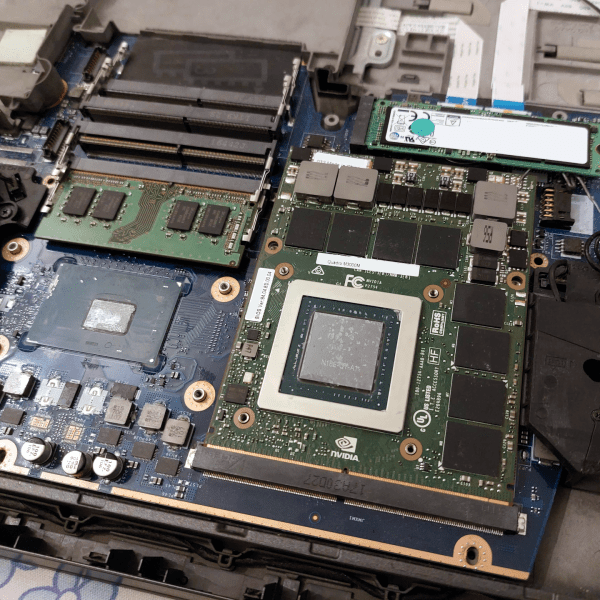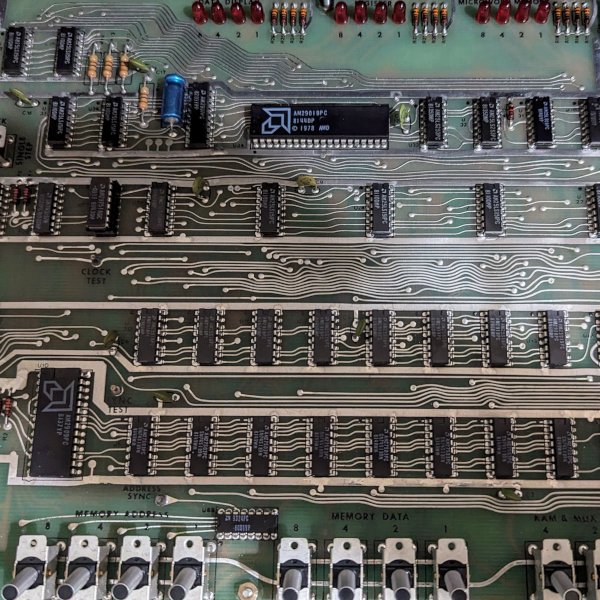
[Amnon] is learning the hard way that water and electronics don’t always like to play nicely together. He’s been working on creating a swimming fish that uses three servos to flex a sheet of fish-shaped polycarbonate. This photo doesn’t really do the project justice but you can get a better idea of what he’s accomplished by watching the videos after the break.
The three servos along with some distance sensors for obstacle avoidance are all controlled by a PIC 16F877A microcontroller. [Amnon] tried out three different waterproofing methods; coating the device in varnish, dipping it in hot glue, and dipping it in epoxy. The first two resulted in water damage to the electronics, but the third managed to work. It kept the water out, but also prevents reprogramming of the controller.
Although not successful, we would have loved to see the process of dipping the fish in a churning vat of molten glue. Once perfected, this may be the perfect platform for carrying our weapons of doom.
[youtube=http://www.youtube.com/watch?v=haJMsdAec6U]
[youtube=http://www.youtube.com/watch?v=TJ092I0Ykh8]















Very nice, I would also have liked to see it dipped in molten glue. I like this idea, perhaps there is a way to waterproof it using removable casing?
You should try making an inductive charger and a wireless programmer. Those two combined will let you seal it and still recharge/reprogram it.
Just a thought… put the electronics in a ziplock bag. Cheap, and will keep them dry. Added benifit of being able to program it later. Worth a try at least.
A completely off topic question here but I have to ask. As a non native english speaker, what’s up with the “after the break” sentence I see in every other post both here and at places like Giz? I know it’s used on TV for commercials and such but it just doesn’t make any sense to me here and it’s driving me bonkers! :P
We have to split longer articles up into two parts so our front page doesn’t get overrun by a single article. The page break is often referred to as just the “break” on blogs. I recall finding it a bit weird at first too.
As you can see there is a coca cola cap on the controller board. The cap is screwed to a small piece of a coca cola bottle . And it should have use for sealing a connector from the water. The idea was to connect the programmer to the controller using a connector that will be under the cola cap .
This idea didn’t work this time due to a connector problem . The problem evolved after the circuit was submerged in epoxy .
In this Cap trick , I can re program and recharge the battery , using a conventional wired method. But the wireless suggestion is very neat!
Amnon
perhaps encase the electronics in polymorph, then use a magnetic contact (maplins sell these called Magtrix) for the programming and power… you could also use optics for programming.
Be careful dipping electrical components in epoxy – some epoxies reach temperatures high enough to damage them. Look for a slow-set epoxy or one that will cure in a refrigerator.
Worked for me on a college project, after destroying a few circuits and being confused for a few days.
For connections…we ran everything into small pelican boxes through drilled holes, and sealed the holes with epoxy… for this, though, maybe use a waterproof matches case or something similar from a dive shop.
Just my two. Cool project.
@Caleb Kraft: “Page break”, that makes more sense, I can live with that. Thanks :)
TRAXXAS has a line of waterproof servos: http://www.traxxas.com/products/accessories/trx_accessories_servos.htm. The warranty only covers “splashing” but I’ve had some run about 100 hours at 3 feet without leaking. Coating all the o-rings with marine grease helps.
I have used water proofing technique from this tutorial
http://www.societyofrobots.com/actuators_waterproof_servo.shtml
and I tested it for more then a week in side a bucket of water (with no extra presser)
Amnon
Do robot fish dream of electric… coral reefs?
Sure it’s cool, but is it SAFE?
You could possibly get your fingers caught and pinch yourself…better put on a helmet before you build this.
gomer pyle the torque is so small ( and it getting smaller after the water proofing ) that this problem is irrelevant on this prototype.
ROBO-FISH… Predecessor to the Tumanator 2000! It will become self aware on December 31st 2010!